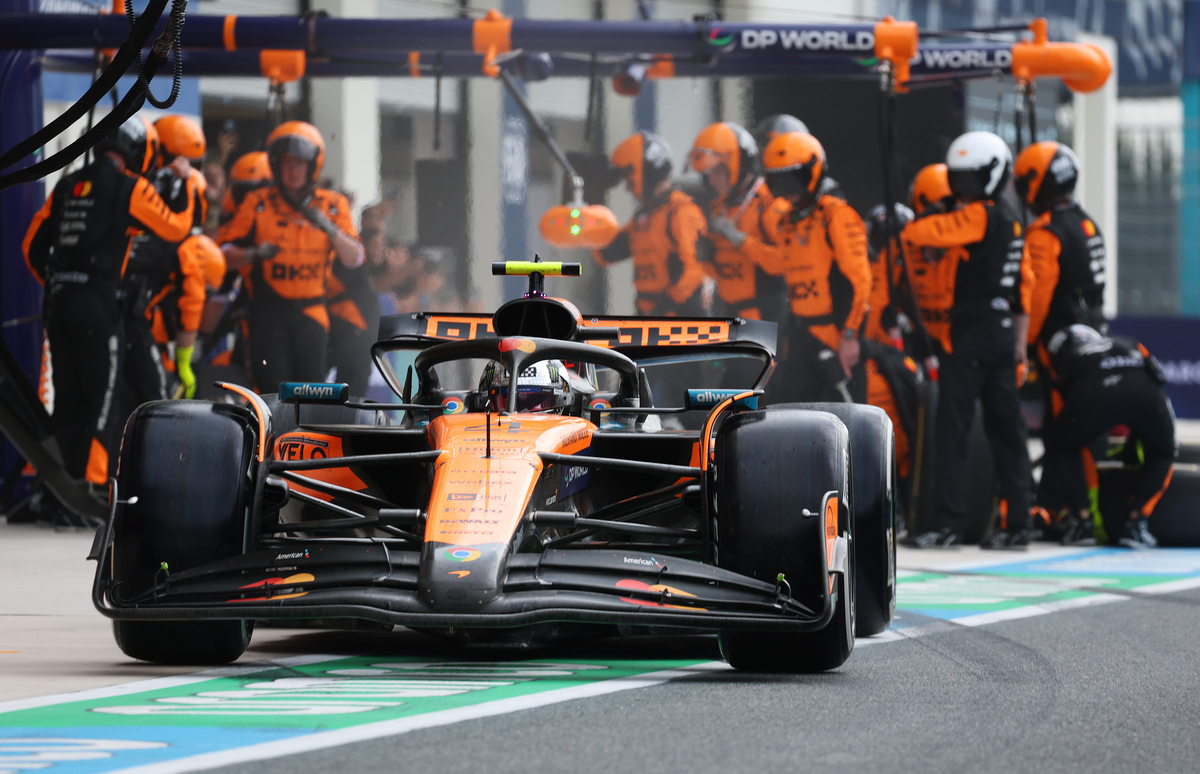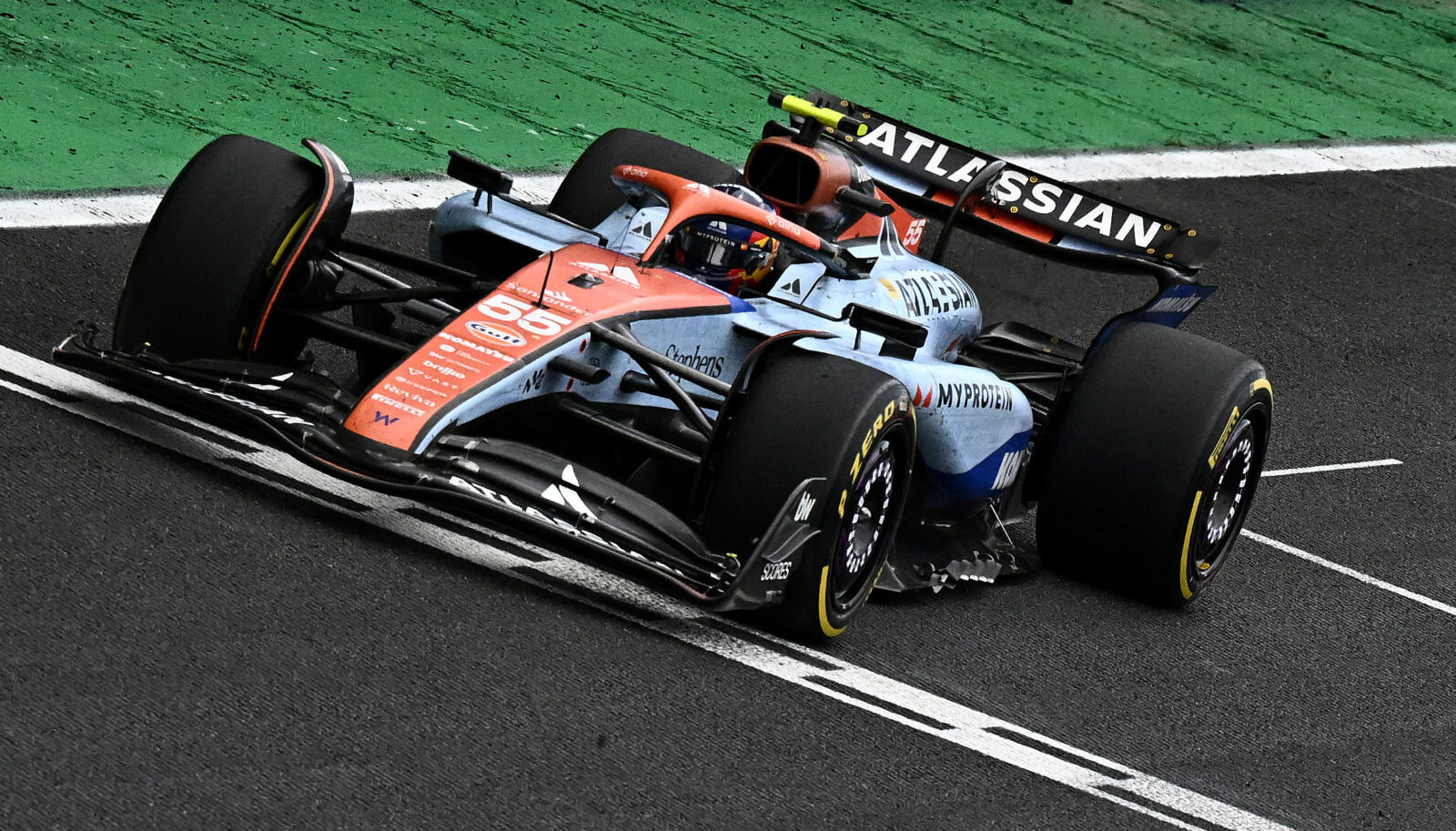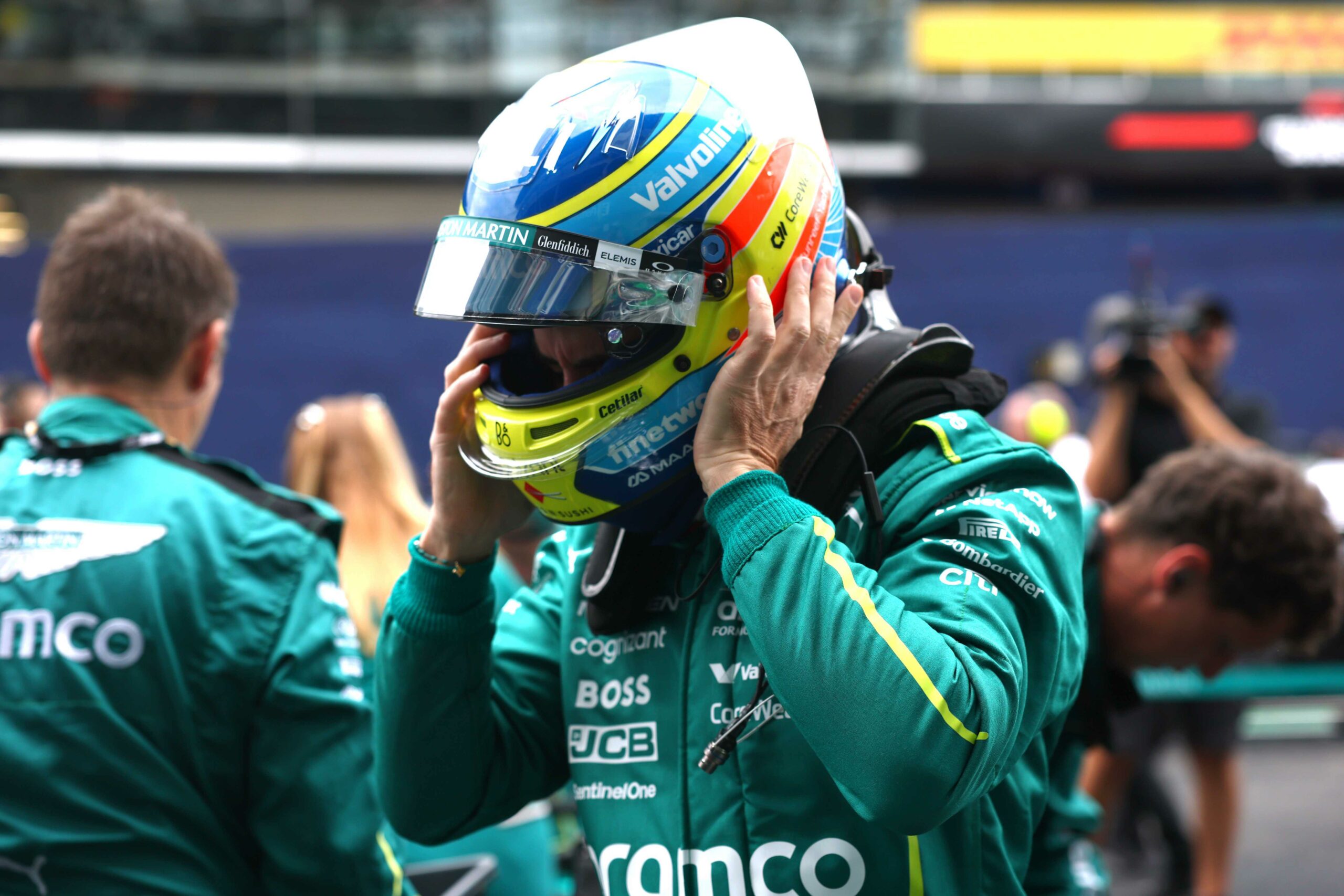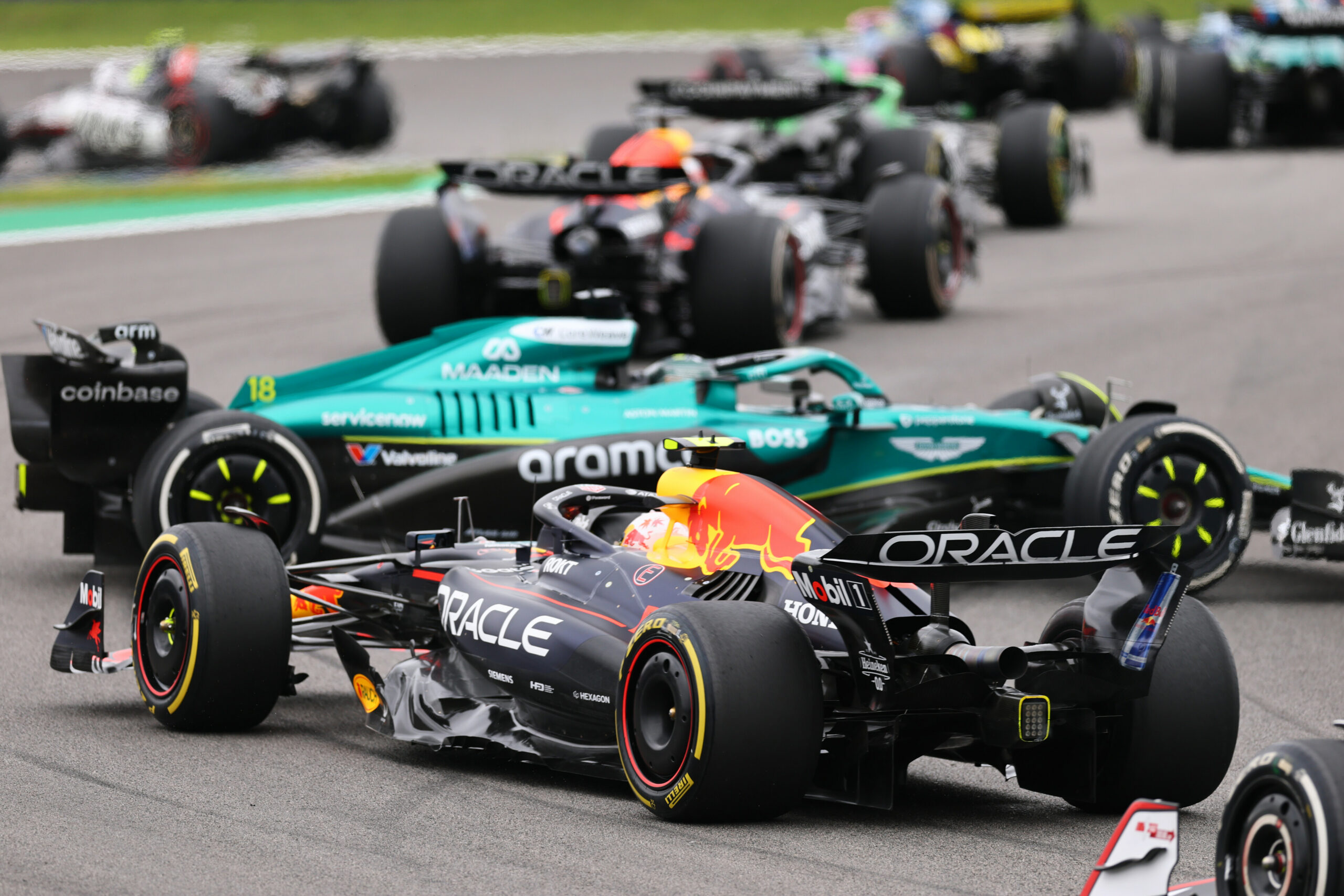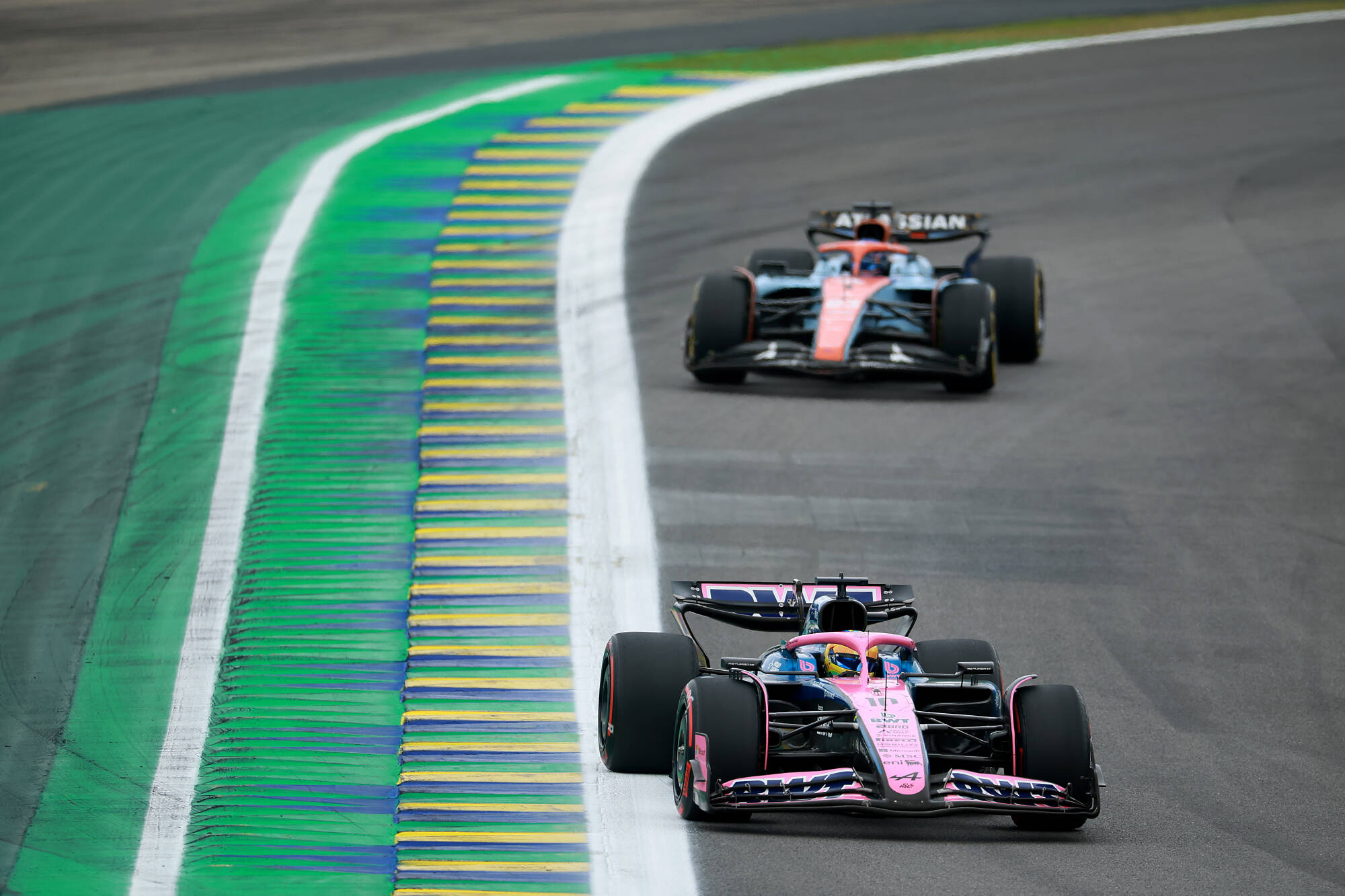McLaren Team Principal Andrea Stella sheds light on how the MCL39’s F1 tyre maintenance has been a key aspect of their success this season as they won the Miami GP this past weekend handily despite both Lando Norris and Miami race winner Oscar Piastri having prolonged fights with Red Bull’s Max Verstappen.
Stella on the “black art” of tyre management following F1 Miami GP
The McLaren team has held a commanding lead thus far in the 2025 season, winning five of six rounds at this point. Even at drastically different tracks, the MCL39 has been massively successful.
In a post-race interview with the print media, Stella gave the McLaren engineers their flowers for putting together a race car that “masters” the art of tyre management.
“I just want to take the opportunity to praise the work that has been done by the engineers at McLaren, in terms of identifying these factors, designing these factors in a way that is practical to actually cash in this kind of benefit and then master one of the matters that still in Formula 1 looks like it’s a little bit of a black art, which is dealing with tyres.”
Both McLaren drivers had hard-fought battles with Max Verstappen that involved being caught in dirty air over many laps. This kind of pressure on the tyres to perform usually causes a huge drop-off in pace further along in the race. Exceptionally, the McLarens were able to stick to projected pitstop strategy and dominate the rest of the race, the pair finishing over 30 seconds before the rest of the field.
Stella claims that the McLaren’s tyres did in fact suffer behind Verstappen, but was remedied by clear air. Even if this was the case, the MCL39’s tyre advantage was clearly shown.
“I think, realistically, the tyres will have suffered by following Max so closely. I don’t know to what extent, but at the same time, I think once you get the benefit of free air and leading the race, you get quite a bit of benefit.
“We don’t know exactly how much in what we saw after having overtaken Max. There was a bit of a penalty because of having stayed behind Max, but then the benefit of leading the race in terms of tyre exploitation.
“So, I’m not sure, from a technical point of view, how these two factors combine to each other, but clearly, I think after a few laps in the race, Oscar could benefit by quite a bit of an advantage compared to Max and therefore it was relatively easy to stay with him.”
Stella on the MCL39’s success in hot conditions, and their struggle in qualifying conditions
Lando Norris and Oscar Piastri have both succeeded in the hot weather conditions we have seen so far this season. Every race’s track temperature sits between 30-41 degrees Celsius. Stella describes the design of the MCL39 as “closed,” therefore well suited to these conditions, in his print media interview.
“I think when it’s hot, our car, you can see that it’s relatively closed from a bodywork point of view, because there’s been also great engineering going into the cooling system, car layout, so I think in these conditions we see that the excellence of the engineering at McLaren has reached a point where it can make the difference to this kind of extent.”
Their focus on not overheating the car contributes directly to the preservation of the tyres, says Stella.
“Whenever the conditions are challenging for the tyres, in terms of overheating in particular, then the car seems to be doing a good job on keeping the tyres in a very good window, and the car is gentle on the tyres.”
Stella identifies that qualifying is not McLaren’s strong suit. Pushing the car to the absolute limit in qualifying conditions is a common thread through the early stages of the season. Piastri qualifying P4 at the F1 Miami GP shed more light on this.
“Yesterday, when we made the comments about competitors, we commented on the performance in qualifying and I think myself, I admitted that the car doesn’t perform as well as we wanted in qualifying and it becomes a little difficult to be exploited at the limit in new tyres and empty fuel tanks.
“But clearly in the race, when you put consecutive laps together and you have a little bit of degradation in hot conditions, then it looks like the car performs very well and I want to go back to saying that that’s a result of some very targeted engineering work.”
This trouble with driving at the limit of the car has yet to hinder the McLaren team too much. Stella and the McLaren F1 Team look to be in the front runners of the constructor’s championship going into the Imola GP.

